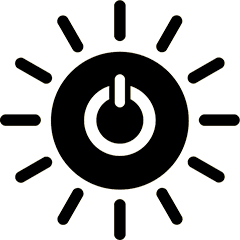Turbine from Shanghai Jiao Tong University has wing-shaped geometry that reduces drag.
Benefits
- Increased efficiency
- Reduced drag
- Energy-saving
Applications
- Renewable energy
- Aviation
- Maritime transportation & shipping
UN Sustainable Development Goals Addressed
-

Goal 7: Affordable & Clean Energy
The Challenge
Hydroelectric energy generation has proven to be a reliable source of renewable energy. The energy is generated as a product of tides and currents spinning a turbine that initiates energy generation. Unfortunately, due to the interaction between the turbine and the water, a lot of energy can be lost to turbulence, decreasing the overall efficiency. The Wells turbine is a low-pressure air turbine with a symmetrical airfoil that rotates in one direction. It is known to have a higher drag and increased stall compared to other similar turbines.
Innovation Details
The turbine blade has a unique tapered profile and varying profile thickness, designed after the wings of hawk moths. The blade’s geometry allows the turbine to rotate through the air with the least amount of drag, enhancing the efficiency. Additionally, the blade is positioned to have a high angle of attack as it rotates, which also reduces drag and increases efficiency.
Biological Model
The hawkmoth has a stable flight due to their wing shape and movement. The wings are designed to to create a high lift-to-drag ratio through a tapered wing shape and propeller-like sweeping action. The wings create a stable leading-edge vortex that helps keeps the air flow laminar as opposed to turbulent, reducing drag and enhancing flight.




